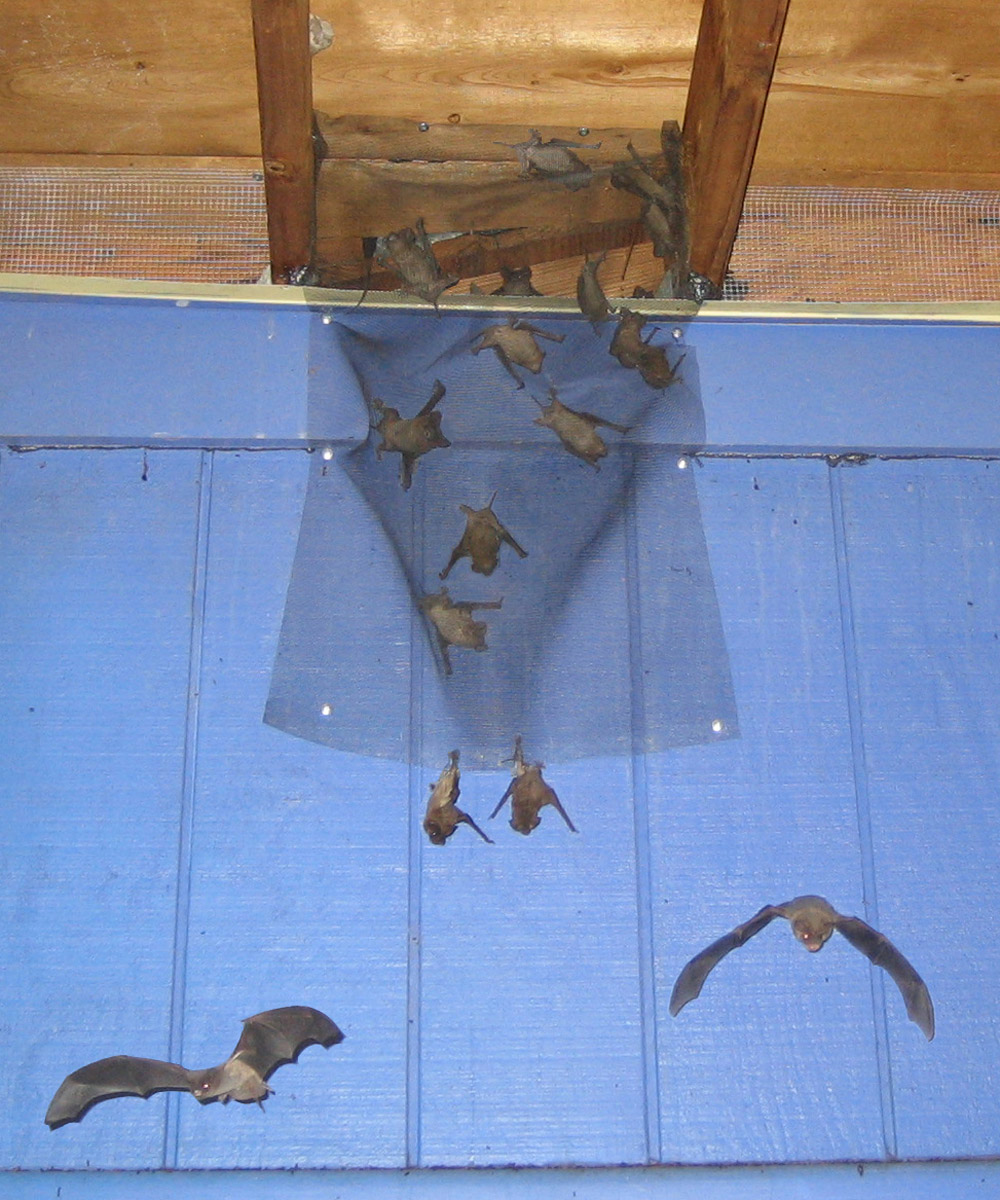Not known Details About Bat Removal In California - All City Animal Trapping

Some Ideas on Bat Removal & Exclusion - Catseye Pest Control You Should Know
The females form large maternity nests, often in structures such as attics or barns. Young are born in June, and can zip August. They can measure up to thirty years apparently, though average lifespan in the wild might have to do with 7 years. They hibernate in the winter. The (Eptesicus fuscus) is likewise typical in the northern areas.
They mate in October, prior to winter season hibernation, and after a postponed fertilization and a 60 day pregnancy, bring to life one or 2 child bats in early June. The Tadarida brasiliensis is typical in the south. It has a wingspan of about 8 inches, a weight of half an ounce, and can measure up to 16 years.


Bat Removal Versus Extermination - Animal Remover

Home Page - California Bat Exclusion
They mate in the fall, but delay fertilization, and one puppy is born in early June, and can fly about 8 weeks later on. All of these bats frequently roost in manufactured buildings, and enjoy the attics of homes. None of these animals are really blind, but they do use echolocation in order to assist in navigation on the wing.
Unknown Facts About California Bat Exclusion: Home Page
Check out About Colonizing Bats species details. Found Here are nocturnal. They sleep in roosts throughout the daytime, and emerge at dusk. If it's a nest of bats living in a structure, they crawl to the edge, and fly out. First they head for water and get a beverage, skimming the surface area on the wing.
After a while they get full and head back to the roost in order to rest. They then fly back out to feed some more. They might make numerous trips per night. Bats utilize echolocation in order to aid in navigation and feeding on the wing. They give off high-pitched chirps and check out the sonar-like returns of the sound waves as they bounce back off of items.
These colonies are made up mainly of females. The males roost alone in solitary locations, such as trees. The females form substantial clusters, really regularly in manufactured architecture such as church towers, attics, bridges, and so on. They endure and even choose very high temperatures. Many of the southern bats move to various areas as climates alter.
